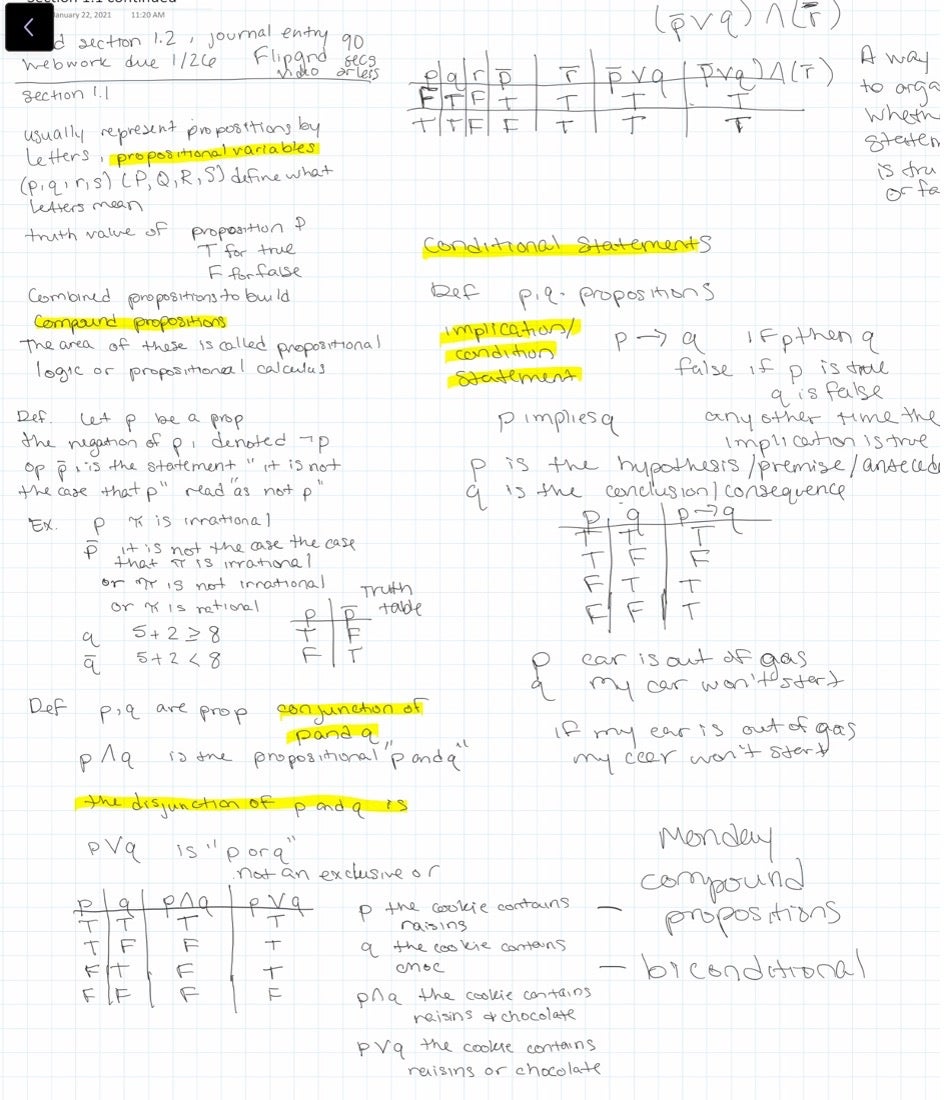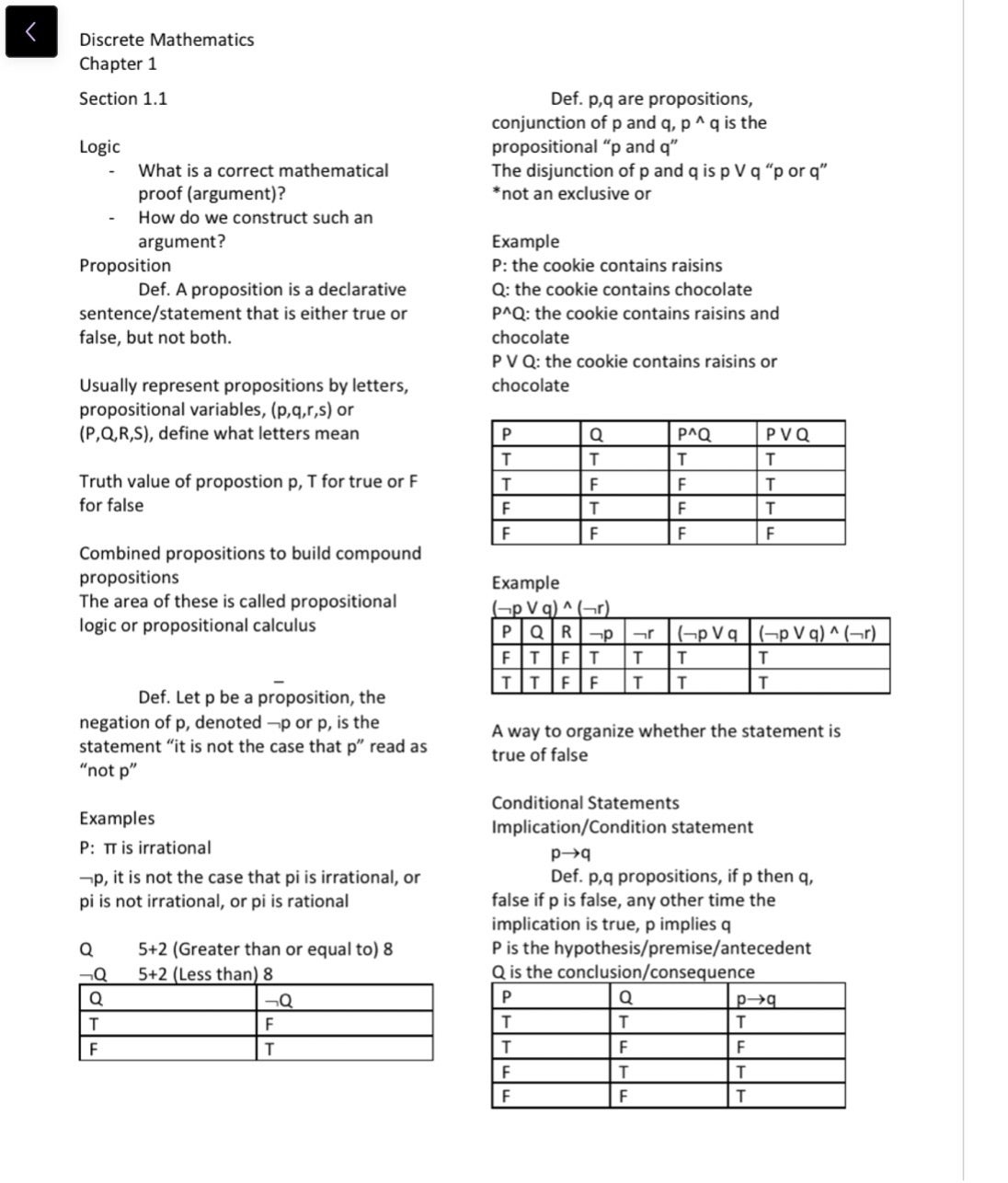Chapter 2: Literacies at work, for fun, and at school
2.5 Literacy of effective note taking and studying (argument from experience)
Melanie Wroblewski
English 102, January 2021
As many students understand, it is difficult to develop a helpful way of taking notes in class to study from later. There can be many obstacles that hurt the ability of students to study material learned in class. Therefore, there are many aspects to look at to identify what can be a factor in helping or hindering the student. When considering how to take notes, students should ask themselves several questions. What is an effective way of taking notes in class? What way I have developed or learned to take notes? Where did I learn this? Why did I start to take notes like this? What is the efficacy of taking notes in this manner? Does this mode help a student study more efficiently? Are there any notable differences between using this technique in two different classes? For myself I take notes in class and copy them a second time later to further help absorb the material. In this essay I will look at how effective notetaking is by copying it a second time.
To discover what might be a successful method of notetaking we should examine how we typically take notes. Most, if not all, of my classes are lecture based, so note taking is just transcribing what is being lectured. There may be additional material in lectures including handouts, PowerPoint slides, and videos. An alternative to writing is to record the lecture (with permission from the instructor) and listening later to take notes. The typical way of writing notes as the lecture is happening is effective for most students, but I feel like it is only partially helpful. While I am trying to keep up with the lecture my writing tends to lean more towards being illegible. There is also the possibility of missing key information when a student is trying to keep up with the lecture. However, for the remote courses I have noticed teachers are using more shared spaces online for notes, much like this course. The picture below is from my current Discrete Mathematics course. The outline that I follow is split columns on a page and follow through the topics in each section. The notes from these are the introduction to propositions and their functions including conjunctions, disjunctions, and implications. The different highlighted parts are terms or functions that my teacher placed extra significance on.

The most effective method of notetaking I have developed or learned is typing or writing my notes a second time. The ways in which to make it an easier process for me through my classes would be to evolve my actual note taking, typing it up, and adding from the textbook. Something helpful for this would be to try to learn a shorthand, so that you can keep your writing to a minimum to keep up with the lecture. After class, preferably as soon as possibly can, try to type up your notes while the information is still fresh in your mind, so you understand what you wrote. An example of not doing this would be for my history of far eastern art class I wrote in my notes “vancitions,” still to this day I have no idea what I meant. When you type up your notes try to keep to the same outline of how the lecture was given in class, including as much detail as possible. While I would take notes in class, I would make sure to clearly mark what chapter or section we were covering. If we went to the next section in the book, I would clearly mark that in my notes to know where in the book to look at when I would type up my notes to add any additional information that would help in my understanding of the material. The number one important thing to remember when doing this is to always print or save your notes to a flash drive or the local drive on your computer.
I do not think I learned this technique from any class or school although I had seen similar formatting in outlined notes from previous teachers. I was just trying to find a way to succeed in future classes where I thought I would struggle the most. In the past I would not consider myself a poor student but rather a lazy student. I would do the bare minimum to pass. I was looking for a change to help me improve my academic career. Another reason I started doing this is because for my abnormal psychology class I did not purchase the book. I would end up in the library reading the book and adding to my notes to help understand the subject material better. In the end this would make my notes a mess from added notations, and I eventually began typing up my notes because it was just easier to read them. Additionally, I enjoyed my psychology course which is why I started to go more in depth in my notes. As I joked with my professor of the course, “I’m not crazy, it’s just easier to type up the class notes.”
In my opinion transcribing my notes a second time has increased my efficiency in studying and made me more attentive in class. I can fully go through my notes and pinpoint where and what needed improvement or help and what I was excelling at. The mode of transcribing my notes a second time helped cement the material and helped me prepare more for tests. For example, in the abnormal psychology class my instructor would give us ten essay prompts and tell us he was picking five for the test and that was our review for the test, so with the improved note structure I was able to do a dry run of the test by using one mode of study as opposed to notes and a book. There was also the added benefit of having typed up notes for classmates who missed class and by doing so it was easy to form study groups for those classes.
One concern that may arise is whether this note-taking method is viable for all class types, which is an understandable concern because not all classes are alike. For myself, I am a mathematics major, typing up my notes started to lean towards being difficult because of the mode of transcription. For a non-math course, it is simple to transcribe from notebook to computer and if notes were done with PowerPoint slides, I would simply print one-slide pages and type the notes corresponding to the slides. For a math course, it is a little more difficult to type up notes. You have more variables than just letters and numbers because there are added symbols. Instead of typing up math notes I would rewrite the notes in a more concise manner where it was not just scribbles all over the page. There is the possibility to type up math notes using a tablet device to draw in the symbols. Other than the difficulty of transcription, rewriting notes helped to improve understanding of subjects. The picture below is of the same notes shown previously in this essay. There are some key differences between that of the written notes and typed notes. One difference shown is the limitation of mathematic symbols you are able to use in Microsoft Word. Another difference is I haven’t gone back through to highlight the material that was in my written notes. The one major difference is it is far more legible. Even without the ability to add the symbols you can still add a note of what it was, example is the greater than or equal to and less than. I may not have been able to show the symbols, but I left the note for myself to understand it later when I study.

There are many benefits of writing notes a second time. You can concisely present the material for later study. Also, when you see the material at least once more it helps build an understanding of the topic as opposed to just reviewing your notes for studying when you have a test. When I started this more disciplined form of notetaking it helped me develop better study habits for my future courses and helped me develop a better set of organizational skills. You can also help more classmates by having readily available notes to share with those who may have missed class or don’t understand the material. With a more organized set of notes you can make study guides to help with tests, quizzes, or papers. With positive outcomes from continued practice of this technique we can see through effective notetaking and studying we can improve on knowledge and understanding of a subject.

